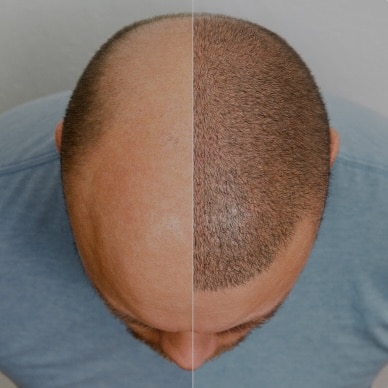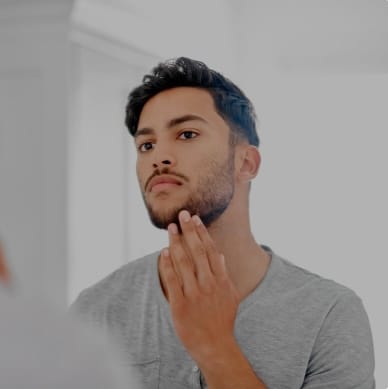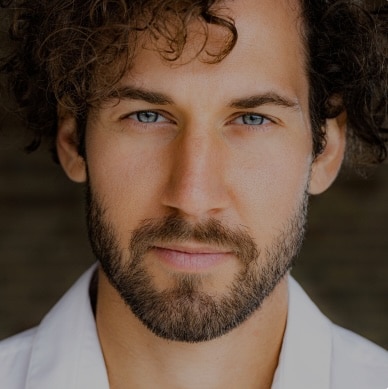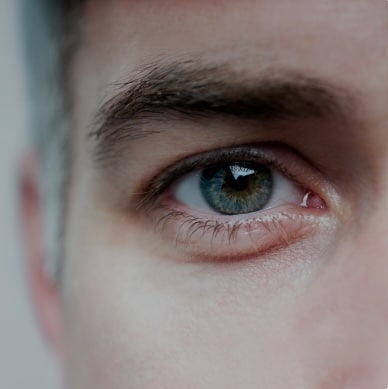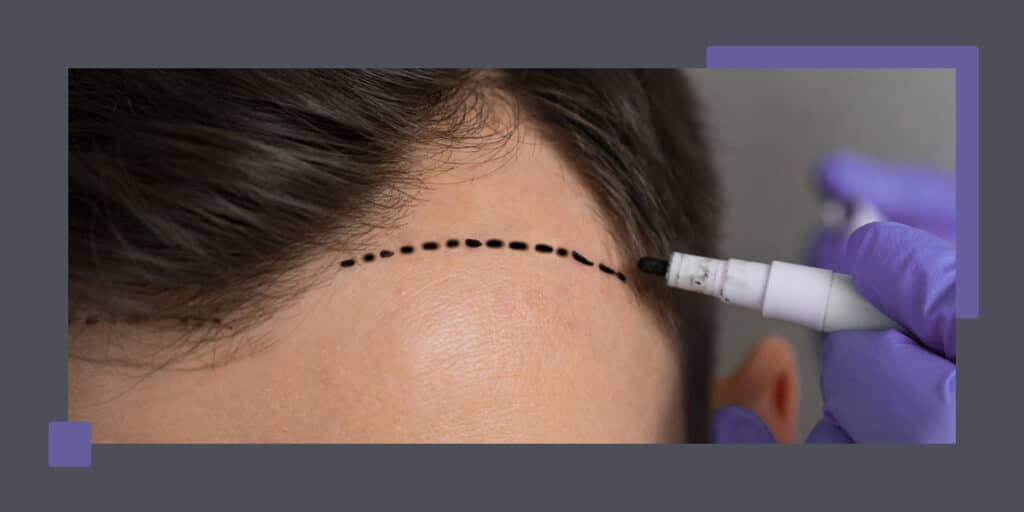
Dealing with thinning hair or balding is difficult, but it’s even more challenging to fix a bad hair transplant. Not only is the patient insecure because of the look of a bad transplant, but they have a lot of disappointment to contend with. The hair transplant was supposed to fix the issue — instead, it made things worse.
Luckily, you can fix a bad hair transplant using ARTAS® robotic technology. Surgeons today have access to robotic hair transplant equipment that provides better results than before. This is an advantage that has made hair transplant repair a common request by individuals who had their surgeries before robotic FUE. A person may have had a hair transplant that left less than desirable results that he/she has lived with because the options were limited.
Now, one can confidently approach a hair transplant surgery clinic to fix a bad hair transplant and get repairs with confidence. Individuals must, however, understand what constitutes as repair.
What Contributes to a Bad Hair Transplant?
Many things can cause a hair transplant to either fail or simply look bad. These include the following:
-
- Large Grafts: In the 1980s and 1990s, many patients experienced bad hair transplants because of grafts that were too large. This can result in a looser fit or a random patch of denser hair in an area of thinner hair.
-
- Improper Hair Orientation: These days, the biggest issue transplant patients face is an unnatural hairline, whether too high or too low.
-
- Outdated Technology: If a clinic uses outdated technology or techniques, a hair transplant may reflect that. Outdated technology can also mean outdated training, leaving you with results you don’t love.
-
- Incorrect Overall Placement: Lack of diligence by medical staff during the procedure can lead to placing the grafts into the subdermal layer of the scalp or blunt punches into the scalp. This can cause cysts to develop in the hair follicles.
- Bad Hair Plugs: A majority of repairs are for people who got their transplant using the hair plug technique. One issue with plugs is that they could have been placed incorrectly, making the hair look unnatural.
- Poor Transplant Candidate: A hair transplant is not for everyone, which is why doctors have to determine if it suits a patient. If someone who was not qualified for transplant goes ahead to get it anyway, the results might be less than desirable.
How to Fix a Bad Hair Replacement
Fortunately, patients can quickly fix bad hair transplant results with modern techniques. Providers are able to extract the previously placed grafts and replant them. During this procedure, the doctor will remove the follicles and any cysts if they are present. The doctor will then thoroughly clean the area and suture it up. Then, during the hair transplant surgery, the doctor will evaluate where the hairline should be and proceed to replant the hair follicles. The patient will likely experience tenderness and possibly some swelling, as is normal with hair transplant procedures.
This process has become easier with the use of robotic hair transplants. As technology evolves, robotic hair transplants have given providers access to better planning and research before a procedure.
Is it Worth it?
The hair is largely tied to a person’s appearance, and largely, his or her confidence. Living with hair loss is bad, but a poorly-performed transplant can make it worse. Grafts that are too large, positioned incorrectly, or with extensive scarring can affect the cosmetic appearance of an individual. Diminished confidence can influence the quality of life of a person negatively. An individual who is self-conscious about how he/she looks may have a hard time socializing, and that will affect personal relationships. With hair transplant surgery in Palo Alto, one can expect improved techniques and tools that will correct some of the issues caused by poor procedures.
Reverse Bad Hair Implants With ARTAS® Technology
With ARTAS® technology, Palo Alto patients can enjoy better hairline planning before the procedure. This advanced technology also creates a more accurate application of hair follicles. ARTAS® can safely and effectively fix bad hair transplant procedures, replacing them to look more natural, allowing for more precise results than traditional hair transplant procedures.
Benefits of using ARTAS® technology for hair replacements include:
-
- Little to no linear scarring: ARTAS® is minimally invasive, removing and replacing hair grafts one by one instead of making a deep incision that can scar.
-
- Faster recovery: Even after a hair transplant has gone wrong, ARTAS® laser technology can get you back on your restoration timeline, helping you see results sooner than the alternative.
-
- Natural-looking results: If your previous hair transplant created scarring, ARTAS® chooses the highest quality grafts to create natural-looking results so you can wear your hair how you want with confidence.
Contact Us for Hair Transplants Gone Wrong
Our team team are here to provide the quality hair transplant results you deserve. At your initial consultation, we will assess your previous hair transplant and discuss your outcome goals and our plan of action. Let’s get you one step closer to regaining your confidence — schedule an appointment with us today!
About Dr. Kourosh Kojouri

Dr. Kourosh Kojouri is a board-certified general surgeon and organ transplant specialist with extensive experience in major surgical procedures. He has brought his surgical expertise to the field of hair transplantation, specializing in advanced techniques and technology to restore natural hairlines with minimal scarring. Dr. Kojouri completed his residency in General Surgery at the University of Illinois in Chicago, followed by fellowship training in transplantation surgery at Rush Presbyterian St. Lukes Medical Center. He is dedicated to providing personalized care and achieving the best possible results for his patients. This content has been medically reviewed to ensure accuracy and reliability.

